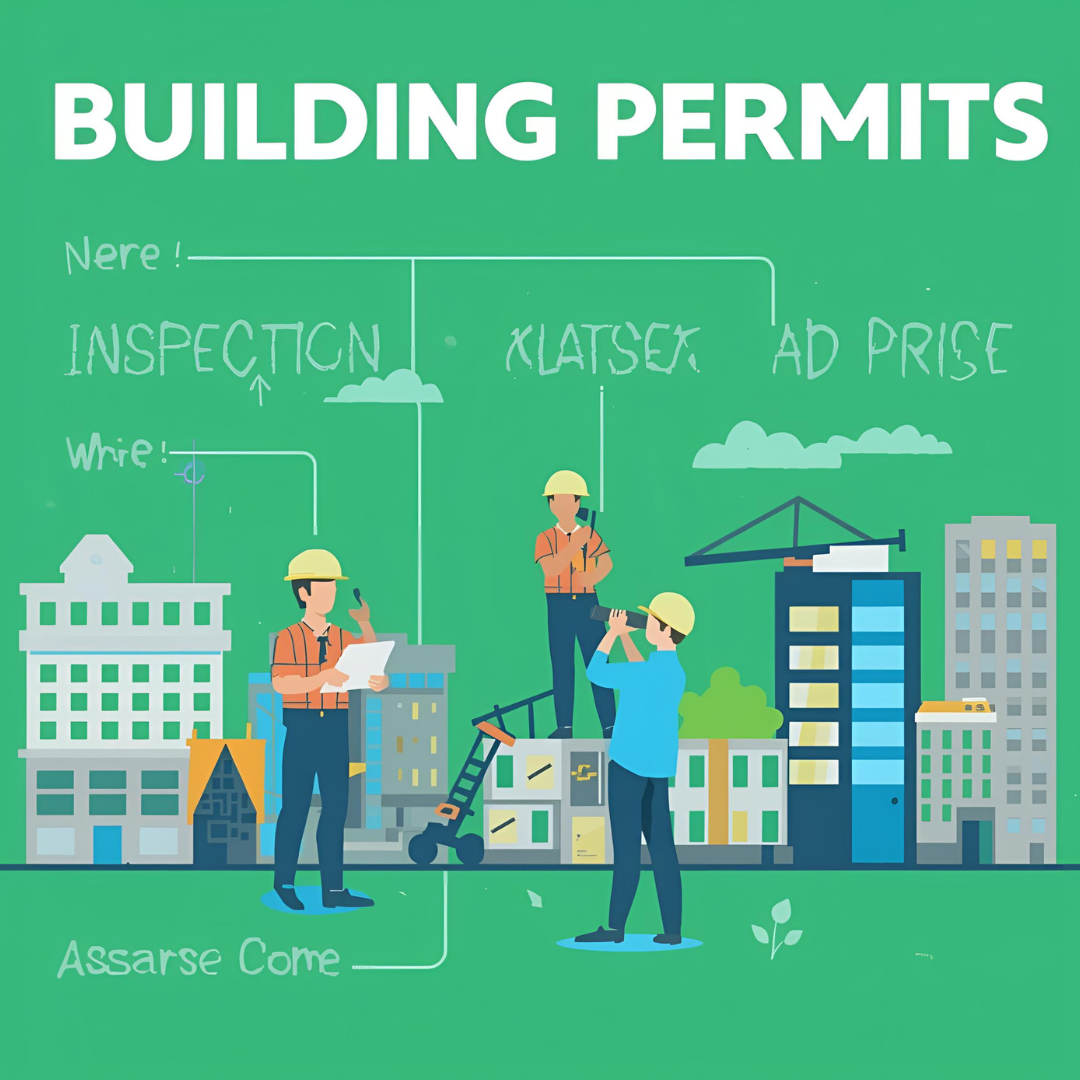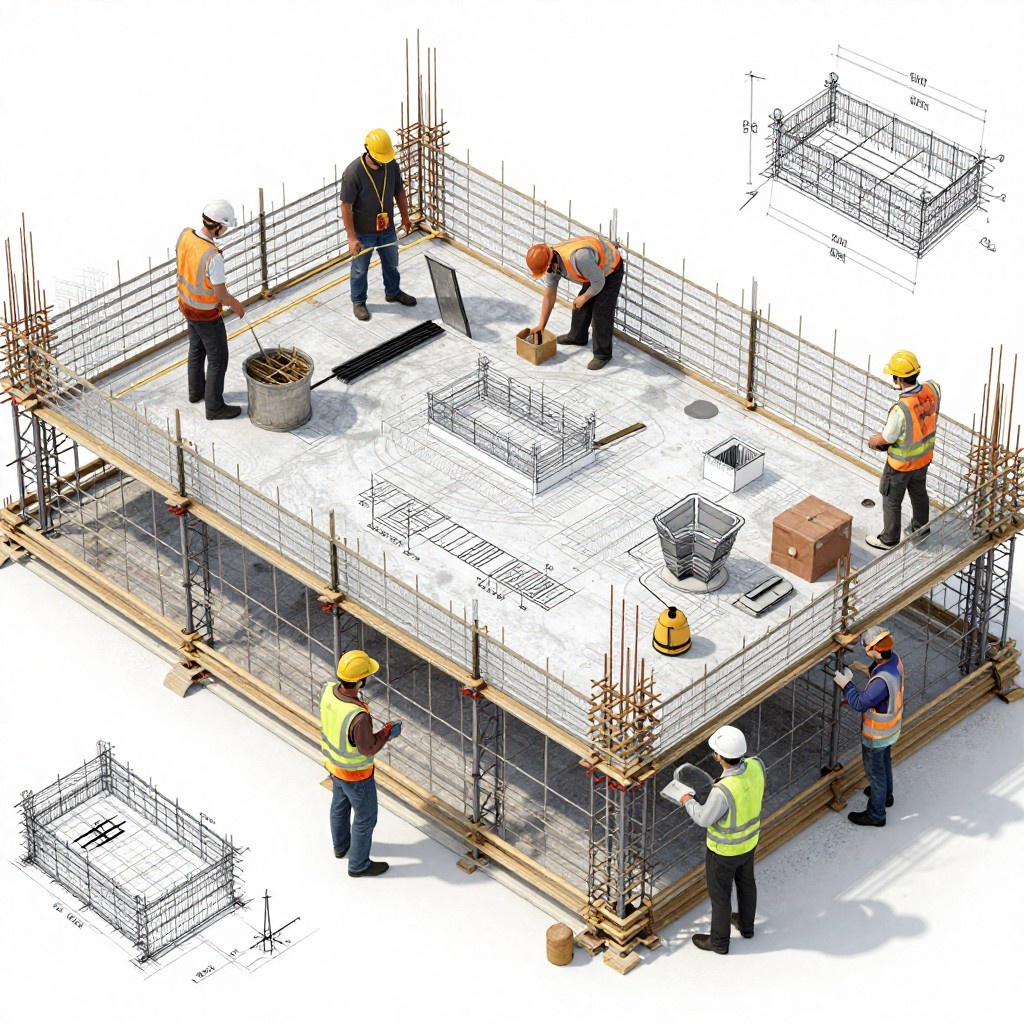Typical Issues Architects Face with Design Complexity and Coordination:
Some challenges relating to integrated working include the ability to spend enough time and effort in order to coordinate the different design aspects, manage consistency and coordinate with different disciplines.
Technology Solution: BIM (Building Information Modelling) has changed staking by providing a collaborative design platform in which designs can be updated, conflicting information can be identified, data is managed and integrated and contractors engineers, and architects can work together.
1. Financial Restraints:
When it comes to designing, the targets and objectives set are usually hard to achieve alongside the construction being done under a certain budget.
Technology Solution: A financial model built for an architectural firm and competent cost estimating tools form a competitive arsenal to the architects to better manage costs.
2. Adherence to Regulations:
Sometimes it could be challenging and thus might vary with the region to ensure that the designs provided are compliant with zoning codes, construction regulation as well as the other regulations in that specific region.
Technology Solution: Code analysing softwares, as well as regulatory compliance tools, automate the code inspections and provide the current regulations making them less cumbersome.
3. Sustainability:
There is a growing pressure on the ability to implement sustainable techniques and materials alongside other constraints such as budget.
Technology Solution: With the help of softwares like Energy Plus and IES VE, architects can make rational decisions regarding design and material selection. Architects can utilize Lifecycle Assessment(LCA) Tools in order to select sustainable alternatives allowing the designer to evaluate the impact of a material on the entire life-cycle of a building.
4. Project Management:
Successful completion of any project demands meticulous planning and supervision for which Time, Resource, and Budget Management are of crucial importance.
Technology Solution: Some of the project management tools that contribute to improved supervision, and efficiency in both design and construction process includes Deltek, CoConstruct, Primavera, synchro & Microsoft Project.
Challenges in Architectural Design

Architecture is always in a constant flux such that it is changing in response to the new conditions and the new age. This makes architects important in developing structures to address the emerging phenomena of urbanization, population growth and climate change. This part presents problems that architects come across and development that will shape architecture in the future.
Maintaining Originality and Uniqueness
It is becoming increasingly difficult to achieve individuality and distinctiveness in architectural design, especially in today’s remarkably connected world. An identical design may be produced through the implementation of similar architectural procedures and the spread of design fashions worldwide. This is witnessed when design practices from different nations and cultures intermingle resulting in designs that lack individuality. At such times, architects feel the pressure of not being able to design something unique or else, design for the specific cultural and historical backgrounds of a specific country.
Adapting to Technological Advancements
The dilemma that designers and many other creative professions face when it comes to technology is full of challenges. This is even more so the case with design software and tools. Staying in touch daily with the newest technologies and softwares and construction practices could be scary, but it is required to be creative and challenging since the pace at which technologies develop is fast. New software can contain features that would enhance productivity; however, it’s rigid approaches or number of options may hinder creativity. One might have a challenge in the short time it takes in designing technologies to improve on tools and softwares used by professionals; hence, the professionals should embrace continuous learning, well selected, and efficient adoption of the tools.
Communication Gaps with Clients
The communication barrier is the main challenge encountered by architects while communicating architectural ideas to non-professional audiences as the technicality of the designs may not be easily relayed to the client. Due to these misunderstandings, there may be changes, dissatisfaction, or project time loss in the course of implementation. To overcome these obstacles clear communication techniques and the application of tools that bridge the gap between the architectural language and customer expectations are clear. In efforts to overcome architectural barriers with customers, architects should be able to indicate, listen and use tools and technology effectively to make concepts clear and detailed. Visualization tools help in presenting an architectural vision to the client and eliminate technical language in this process, and it’s beneficial to involve the client in the decision-making process. To some extent, all the above strategies can significantly reduce the likelihood of misconceptions.
Balancing Affordability and Quality
There is thus one challenge that architects are facing today in their designs, how to do quality design at reasonable price, or more so with housing. The client’s requirements for better quality Buildings force architects to find innovative ways to maintain quality, cost, and safety without exceeding the set cost. To achieve such a balance, there is need to look at the construction methods, the types of materials to be used, the sustainability issues and the principles of good design. Architects can produce beautiful and durable houses in energy efficient design, integral modular construction, intelligent material selection and detailing even under severe financial constraints.
Collaborative Work and Coordination
Many personnel such as the architect, engineers, contractors, interior designers, landscape designers, and clients work hand in hand in the architectural and construction industries. These parties must coordinate so as to ensure that a project is done and delivered as planned. However, challenges may occur from the process and if not well managed it may lead to misconceptions, lateness, over-expenditure, or a decline in the design quality.
Technological Architecture Solutions

Advanced Design and Visualization Tools
These sectors have changed a great deal owing to the application of CAD and BIM and technologies for design and visualization. By applying these technologies, engineers, contractors, and architects can design and construct better in less time and with better means. The use of BIM and CAD have the benefits of high accuracy, short time for projects, improvement of communication and other stakeholders, and other benefits for construction projects.
You can also read more about BIM and Architecture: Understanding its role and significance
Enhancing Communication through Technology
Customers’ awareness of the design specifics is critical to any project’s success, especially concerning the implementation of the architectural solutions, and, finally, the translation of complicated concepts into simple language that would be easily understandable by the customer. Stakeholders for instance may have a tough time in grasping the extent or purpose of a project due to conventional tools such as 2D drawings and technical language that can act as barriers in the communication process. But what has become evident over the years is that technology can be a powerful tool for addressing such gaps, increasing client awareness and improving organizational efficiency; especially in four dimensions namely but not limited to 3D imagery and Virtual Reality (VR) applications. Such technologies minimize the decision-making time, reduce chances of making wrong assumptions, improve the customer’s confidence and thus results in better project outcomes.
Optimizing Project Management
Ensuring satisfactory results in architectural projects, such as coordinating different teams and time management, call for an optimal project management. In business that involves project delivery, there are various components such as design, construction, the allocation of resources, timing and customer relations; it has been imperative to incorporate sophisticated systems of project management. These technologies make it easier to organize work. They also improve the ways of the communication in real-time, can track the progress, and make sure of the engagement of the stakeholders.
Benefits of Technology in Architecture
Improving Design Efficiency
Thanks to the new technologies architects and designers are working more creatively and effectively than before. A huge amount of time is saved in designing, redesigning and even in presenting the design ideas in a contemporary design application software that performs anything from simple repetitive tasks to complex visualization tools. It becomes possible to enhance the use of technology to embrace and foster design and innovations since it automates most of the traditional cumbersome tasks, reduces on error, and helps in thinking out of the box.
Cost Management and Budgeting
Since the design has to be both economically feasible and visually appealing as is normally the case with most projects, proper budgeting and cost control form part of every Architectural project. Due to advanced software tools, project managers, architects as well as contractors have a technique to control the budget and estimate the costs which help in avoiding unnecessary over expenditure. These tools can enhance the budgeting process, provide actual costs during the implementation of the project, and help to maintain financial balance during the occurrence of the project.
Client Engagement and Satisfaction
An important aspect of effective implementation of architecture projects is to engage the client more and improve their satisfaction, and that is where such technologies as 3D visualization, augmented reality and virtual reality (VR, AR) can play a significant role. These technologies bridge the distance between the design concepts and the constructed physical world by allowing clients better and more engaging ways of imagining and interacting with the design. These tools assist the clients in gaining better insight of the project hence embracing communication, fast tracking the approval process and enhance the satisfaction of the client.
Architectural Trends in Technology
AI and Machine Learning in Design
Through the utilization of artificial intelligence (AI) and machine learning (ML) the designers have one more tool in the kit, which allows them to create more meaningful, individual, and visually appealing solutions, thus expanding the range of potential outcomes. During generative design process many design solutions are explored through the use of AI algorithms. According to design goals introduced by designers, AI generates hundreds of design options, for instance material, space, or performance. With a tool such as Autodesk’s Fusion 360, for example, the architects and product designers may come up with structures that are optimal by exploring possibilities that a human designer may not have thought of. This means new levels of creative development. AI solutions help designers in developing sustainable design, because an environment data is analyzed extensively.
Sustainable design and Green technology
We are in the age where sustainable environment, products, and systems are being created through new promising green technologies in designs. Designers and engineers may minimize the effects that human activities have on the environment as they also optimize the use of available resources and, in general, human welfare, by integrating the best technology into sustainably designed products.
Such clones of a building performance may be created by the architects and designers employing the BIM technologies. All of this facilitates an understanding of how much energy, water or waste can be attributed, which opens up the possibility of designing environmentally and energy-efficient buildings.
Conclusion
Altogether, technology is changing the field of architecture steadily responding to the major challenges within the spheres of economy, ecological friendliness, and inventive thinking. This in turn is enabling architects to build structures that are appealing to eyes, energy efficient, and sustainable due to the smart building technologies, renewable energy, and advanced materials. The design process is evolving more aggressive due to technologies like AI-powered tools, IoT, and Building Information Modelling (BIM), which allows architects to predict the performance of the building, use less material, and enhance the well-being of their occupant’s comfort.
The discipline of architecture will become more sustainable and dynamic as a result of architects depending more and more on these developments to produce resilient, human-centered, and environmentally conscious designs.
FAQs:
1. What are the 3 main concerns for architectural design?
The three main concerns for architectural design typically revolve around the following:
● Usability and Objective
In architectural design there is always an intended function that must be absolutely ensured by the design. This involves consideration of movement within the building for correct areas to house the inhabitants and the right layouts for use. For instance, a hospital’s design has to give priority to the patient as well as the way they are attended and a school’s design has to be aimed at providing support to learning.
●Visual Appeal
It highlights the extent to which architects have to mediate between creation of beauty and form and having constructions that are functional and serve people’s practical needs through balancing between creation of novelty and inventiveness in form and construction. Proportion, materiality, colour, texture etc. are some of the aesthetic factors that effect the ambiance and impression of the alternate space sense.
●Sustainability and environmental impact
Architecture is gradually adapting in a way that the incorporation of sustainable solutions is being employed more and more. It has been very hard for architects to use sustainable materials, reduce the energy consumption and minimize carbon footprint. This entails using such tools as solar panels, optimizing natural lighting and air, and designing structures that may address new challenges as they occur in the environment.
2. How will technology change architecture in the future?
The future structures will have technology that helps the building track, control, and optimize the supply of lighting, security, temperature, and energy. As a result of IoT devices and AI systems, buildings will have the capacity to adapt actively to the need of the occupants in real-time thus improving sustainability, safety, and comfort levels. These adaptable surroundings will increase the efficiencies and the environmental features of constructions.
3. How is AI used in architecture?
AI will make architecture one of the professions that will benefit most from the new developments in the field of AI. For many design goals, generative design allows AI to quickly create multiple designs in a short span of time: energy optimization, material constraints, structural loading, etc. AI integrated tools will enable the architects to further the frontiers of innovative design, even as they incorporate such facets as sustainability and usability.




